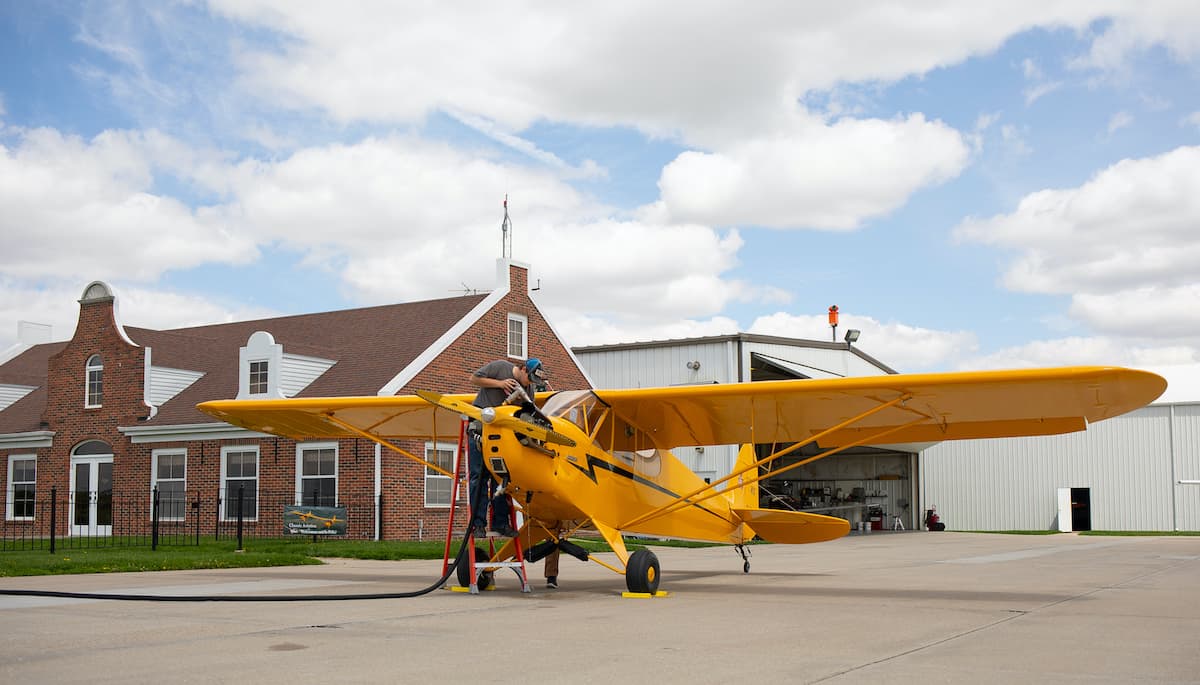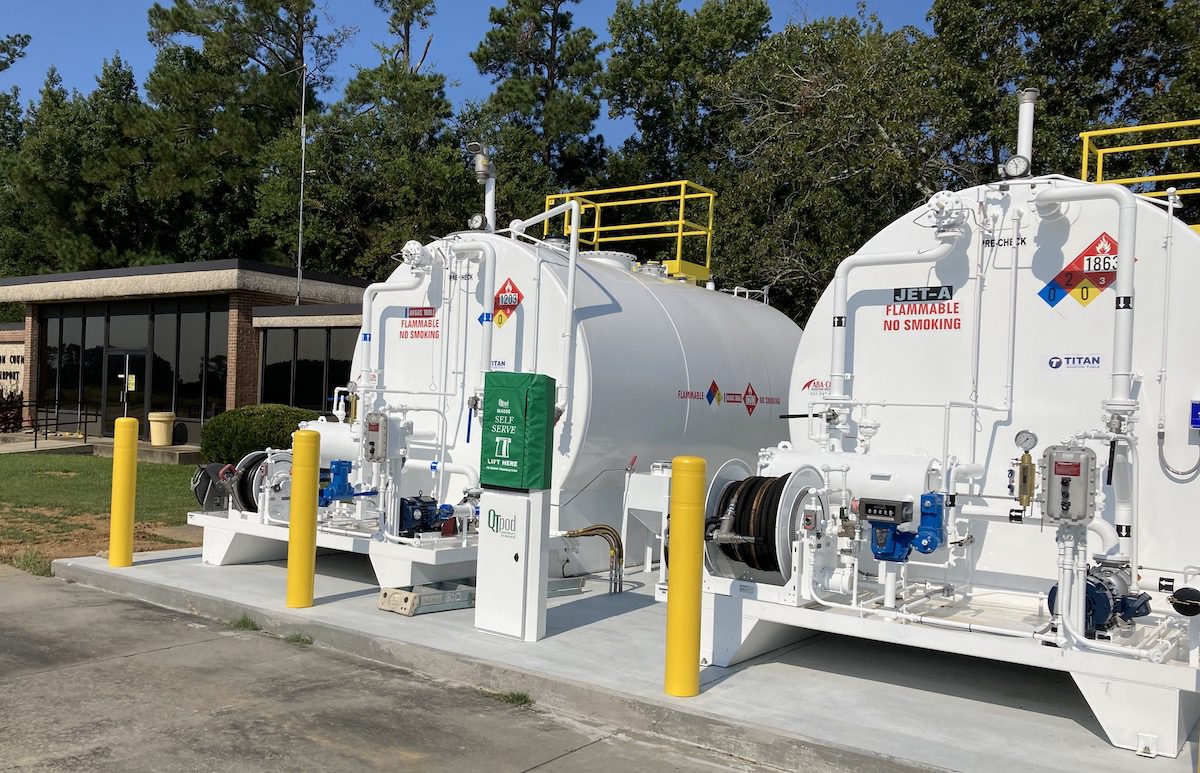

“Say something once, why say it again?”
So goes the lyric to the Talking Heads 1977 hit “Psycho Killer.”
It’s a catchy line. It’s memorable and, no doubt, led to the popularity of the song — perhaps because such a simple sentiment seems so definitively true and obvious. Once we’ve made our point there’s no reason to beat a dead horse. We’ve said our piece. Let it go at that.
Well, maybe not.
In aviation, as in all fields that require a commitment to lifelong learning, it’s wise to repeat the lesson. To share best practices. To reiterate the rules. To pass along lessons learned over a period of time that support and encourage the safety of flight.
For example, how often have you read, or heard, or even experienced the tragedy of fuel starvation in flight? Worse, fuel exhaustion. One is problematic but potentially unforeseeable. The other is entirely preventable.
Yet pilots still find themselves gliding down to an emergency landing in inhospitable territory when the engine shuts down and the prop stops because fuel just can’t make it to the intake system.
In some cases, that’s the result of a bad valve or an inoperative pump preventing the fuel on board from making its way to the combustion chamber. Or perhaps carburetor ice built up to the point where insufficient fuel/air mixture is available.
Having spent much of my flying career behind the controls of carbureted engines in the high humidity environment of the American south, I’ve experienced carb ice a time or two. Fortunately, I’ve always recognized the problem before it got out of control.
Unfortunately, not all pilots are so lucky, or aware, or knowledgeable enough to recognize the signs and take corrective action in a timely manner.


In other cases, there is no fuel left to make the journey. A simple miscalculation of fuel on board, fuel burn, headwinds, or time in the air can conspire to leave your tanks empty well before you make it to your destination.
A less noble and far more embarrassing cause is the pilot who thinks the fuel at their departure point is too expensive, so rather than taking on a few extra gallons, or making a fuel stop en route to their intended destination, they cross their fingers, hope for the best, and lose that bet in a most humiliating and sometimes life-threatening way.
Back in 2017 the NTSB deemed fuel mismanagement as one of the primary causes of aircraft accidents. At the time it suggested that more than 50 accidents were occurring each year due to that one specific reason.
With that being the case, it is in our best interest as pilots to continue to share that news. We should make sure that fuel management is included in our periodic flight reviews. It would make sense that we consider cross-country routing and fuel capacity every time we head out over the horizon.
Because what seems obvious is not always so clear cut. The truth is we’re not always sure how much fuel we have on board, although we may be lulled into the belief we do — to our ultimate detriment.
Bad things can happen to any of us. Especially if we become convinced they can’t.
Years ago, a local pilot believed he could make the trip home a non-stop flight. He was nearly right, too.
Sadly, being nearly right is synonymous with being entirely wrong, and he certainly was. He found himself with a dead engine and empty tanks just a few miles short of the airport where he intended to land. Instead of performing a squeaker on the pavement, he found himself touching down on the surface of a lake.
That’s a humbling and very expensive way to end a flight — especially when the entire scenario could have been avoided by making a single fuel stop along the way to take on a few gallons.
We might use our imaginations to wonder what motivates a pilot to make such a risky decision? Was the fuel too pricey along the way? Everywhere? There wasn’t a single point of diversion that would have provided the necessary go-juice at a reasonable price?
Or was it the time lost in making a fuel stop the pilot thought was unnecessary?


Which brings up the very pertinent follow-up question: How much time would one have to lose that it makes risking the health of the aircraft and safety of the pilot and passengers a less than pressing issue?
“Say something once, why say it again?” Because we’re fallible, that’s why. We have the undeniable presence of hubris living natively in our noggins. Which is exactly why the FAA has sketched out for us the five hazardous attitudes we must all be on the lookout for at all times. Not just in ourselves, but in our friends and fellow fliers, too.
Does fuel exhaustion happen as a result of the impulsivity attitude? We just have to get there as quickly as possible. Stopping is out of the question. That’s just dumb.
Is it invulnerability? I’m such a good pilot the headwinds and dwindling fuel supply are of no consequence. I can get there. Let’s do this. That’s equally short-sighted.
Is it macho? Bob said he made this same trip and didn’t need to stop for fuel and I’m every bit as good a pilot as Bob. Of course, Bob may lean more aggressively, or he may have benefitted from a smokin’ hot tailwind. Or maybe he was just pulling our leg. Whatever the case, ignoring the performance numbers in a vain attempt to be as capable as Bob is just flat out pointless.
The long and the short of it is, I’ll keep sharing the same lessons over and over, hopefully in new and creatively beneficial ways. Because we old guys need to hear it again and again. The new entrants into our ranks need the lessons to be reintroduced and re-enforced. And everyone in between can get a fresh take on an old lesson for the mutual benefit of us all.
Wash, rinse, repeat. I guess all those shampoo bottle labels had something of value to share after all.

